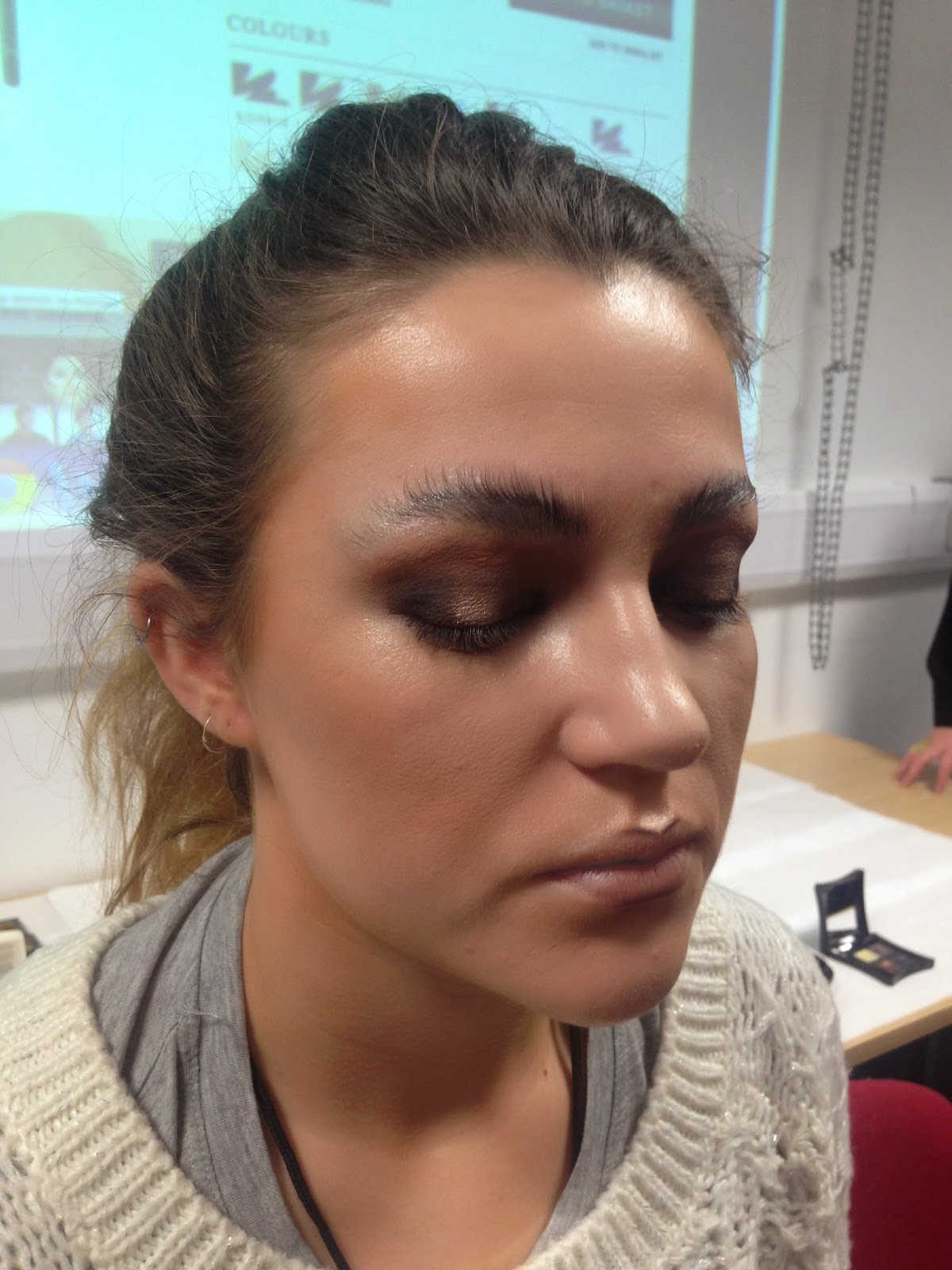Crimping-
- provides volume
- layer underneath
- backcomb, even more volume
-Crimp sections from underneath to the top of head
Diffuser-
Hair diffusers are a useful tool for people who tend to have dry, frizzy hair. Diffusers are attached to the end of hair dryers to protect hair from direct heat, allowing you to dry your hair without damaging it. Here's what you need to know to get frizz-free, gently coiled waves using a hair diffuser.
Drying the hair with a diffuser
-The best effects is when the hair has been washed with shampoo, conditioner and towel dried thoroughly.
-Then apply Apply anti-frizz serum. Smooth serum or another heat protective product into your hair, starting at the roots and making sure the tips get covered. This will enhance the diffuser's hair-smoothing effects while you use it to dry your hair.
-Start drying your hair with the diffuser. Fit the diffuser on the end of your hair dryer and turn it on either medium or low heat. Place the diffuser on your head near your roots and begin moving it around in a circular motion.
- Don't use your hair dryer's highest or hottest setting. Using a lot of heat will make the diffuser less effective at keeping frizz to a minimum.
- Use the prongs on the diffuser to gently lift your hair to dry it underneath as well.
-Work your way down to the tips of your hair. Continue massaging your hair with the diffuser, using a circular motion, until your hair is dry down to the tips. Use the diffuser to gently push up on your curls as you work your way down, to help retain their shape and give your hair bounce.
Using the diffuser to style the hair
-Dampen your hair. Get your hair slightly wet in the shower and towel it dry, or use a spray bottle filled with water to spritz it all over until it's slightly wet. Get your hair a little damp all over, including on its underside, and focus on the roots. When you're finished your hair should be damp, but not drenched.
-If you wish, you can start the style process after shampooing and conditioning your hair. It will take longer to style your hair if it's completely wet.
-You can try using a diffuser to style dry hair, but the effects won't be as pronounced.
-Turn your hair upside down and start diffusing. Work the diffuser around the back of your head using circular motions. Focus on the roots at the top of your head. Diffusing from behind will add body to your hairstyle.
-Add volume to your roots. Flip your hair back over and use the diffuser to lift your hair from the roots by catching it on the diffuser's prongs. Gently lift the roots, then drop them, lift them again, then drop them, repeating the process until your roots are dry.
-Create voluminous curls or waves. Use the diffuser to add volume to your hair shaft by working your way to the tips and pushing your curls up every few inches. This will encourage your hair to dry in its natural pattern, whether that be curls or waves, rather than drying straight.
-Finish at the tips. Place the diffuser under the tips of your hair so that it's pointed up at the ceiling. Dry your hair from below the tips, gently pushing them up at the same time, to create natural-looking curls or waves at the tips of your hair.
- To finish off, Add curl or wave-preserving hair serum. Use mousse, leave-in conditioner, or another hair product to keep your style in place. Apply it to your hair using a scrunching motion, rather than combing it in, to keep the style intact.
- Don’t comb or brush your hair after styling it with a diffuser, since this will cause the curls or waves to lose their shape. Use your fingers to comb through your hair if you need to remove a tangle.
- Your hair should have natural bounce after diffusing it. Don't apply too much hair spray or another heavy product, since this could weigh your hair down.




































